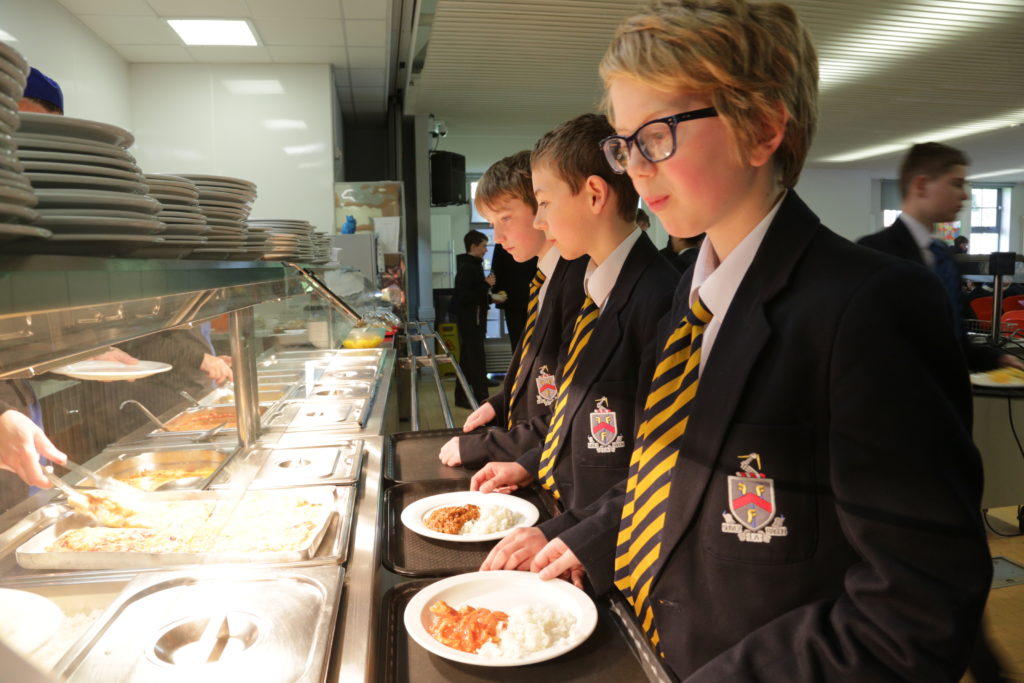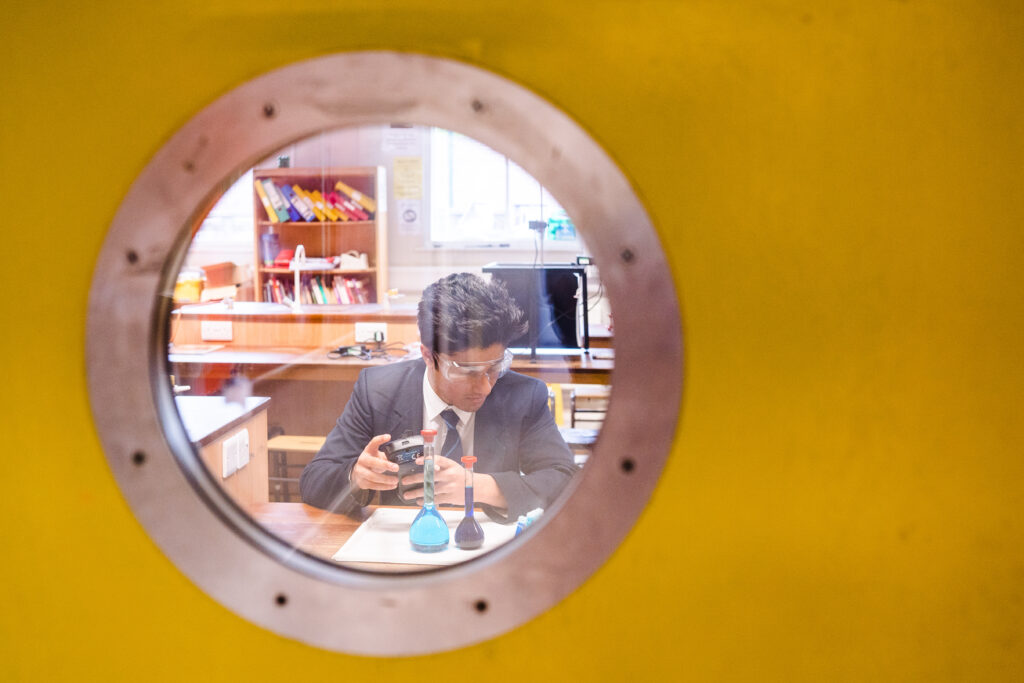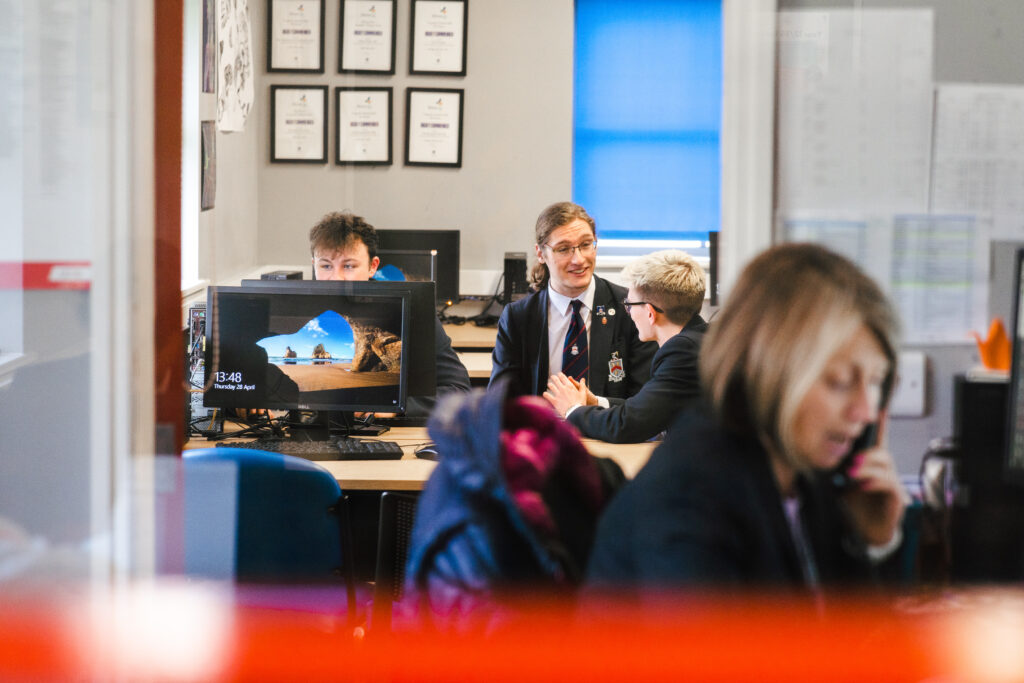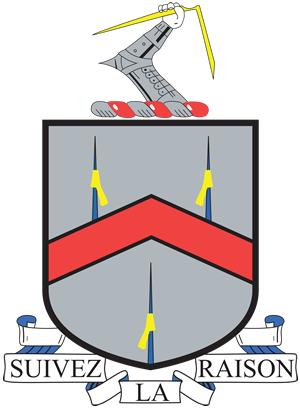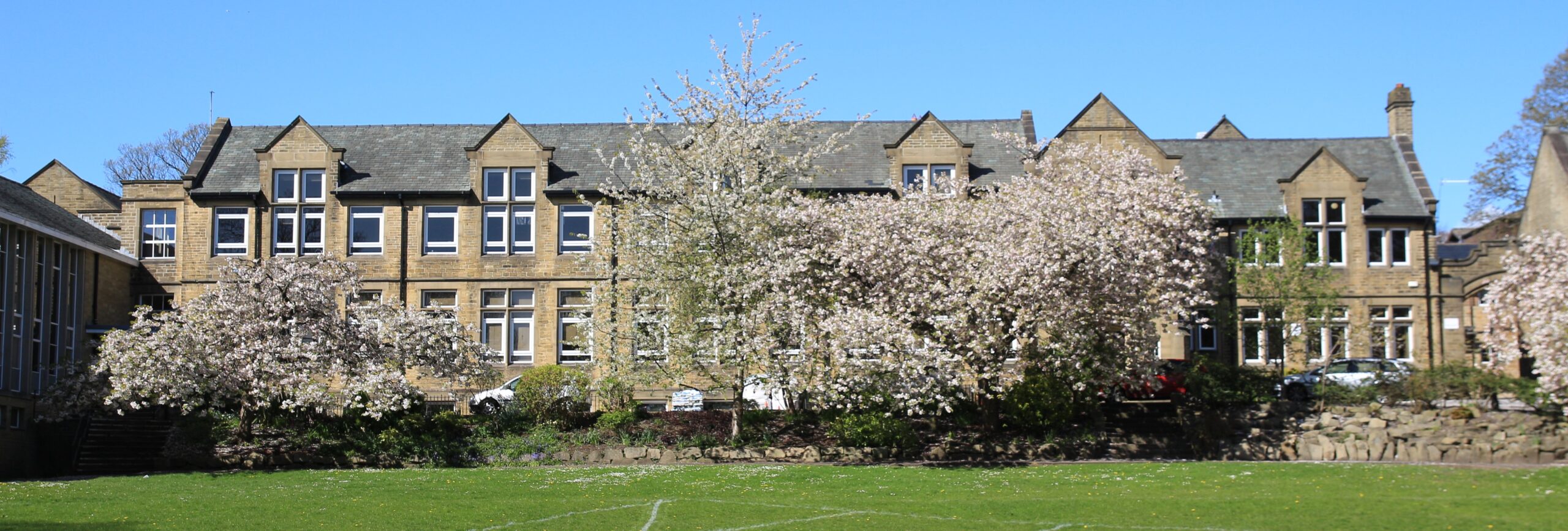
Ermysted’s is an ancient grammar school, founded over 500 years ago. It was long believed to be William Ermysted who founded the school some time before his death in 1558 but research in 1948 revealed an earlier history, dating back to at least 1492 and possibly earlier to 1468. So William Ermysted was in fact the school’s second benefactor, the original founder being Peter Toller.
Peter Toller
Some time before his death in 1492, Peter Toller, who was then rector of Linton-in-Craven and Dean of Craven, founded in Skipton Parish Church the Chantry of Saint Nicholas, to which he attached a Free Grammar School to educate the children of the town. In 1492 according to his will, the Chantry School received all his lands and tenements in Skipton, Addingham, Eastby, Draughton and Hellifield, together with a sum of money to pay for ornaments and repairs. When Henry VIII initiated his reformation of the church, the Chantry of Saint Nicholas was dissolved and its lands appropriated by the Crown, although the revenues of the school were continued.
William Ermysted
William Ermysted had been a prominent figure in Henry VIII’s London, as Canon of St Paul’s, “clerk of the King’s Chancery” and Master of the Temple. On the 1st of September 1548 William Ermysted’s re-foundation deeds for the Chantry School were executed and on 12th December 1551 the deeds were enrolled on the Close Rolls. Essentially these documents recorded the lands which he wished to present to the School in order that it be supported in the future and also advised a system of management, with a teaching regime according to the majority of classically based grammar schools of the time.
William also endowed the school with the Chapel of St. James, late of the Knights Hospitaler of St. John, purchased from Henry, Earl of Cumberland in which to house it. The building survives to this day at the bottom of Shortbank Road and current houses an electricity substation.
William and Sylvester Petyt
Between their respective births in 1637 and 1640, and their deaths in 1707 and 1719 William and Sylvester Petyt both played important roles in the development of the school.
On his death in 1707 William Petyt bequeathed a sum of £200 towards the maintenance of Scholars of Christ’s College, Cambridge for those students who had previously been Scholars of the Free Grammar School of Skipton-in-Craven. In addition he gave £50 to the School, which was subsequently used to purchase books for poor scholars.
When William’s brother Sylvester, also a former Scholar of Ermysted’s, died in 1719 he left to the School the huge sum of £30,000 to form the Petyt Trust. This still provides for various educational functions, including some Speech Day prizes, although the bulk of the capital was used in the nineteenth century to endow Skipton Girls’ High School. Sylvester also delivered to Skipton the Petyt Library comprising of books from his own collection as well as from those of his brother and friends.
Edward Hartley
The legacy of the School’s founding fathers and benefactors survives in the three School Houses of Toller, Ermysted and Petyt but the fourth House, Hartley, takes its name from the School’s Headmaster during the period 1876 to 1907. Under Edward Thomson Hartley, Ermysted’s moved from the Chapel bequeathed to it by Ermysted to its present Gargrave Road site. Originally thirteen boys made the move in 1877, but under Hartley’s dynamic leadership the School flourished and added to the original School House the Gym and Pool, the Science Department, Staff Study, and the Craft Workshops.
Ermysted’s in the 20th Century
In 1913 £1,000 was given by friends of the School to improve the Playing Field, and in 1920 the School Library was built, funded by Old Boys, as a memorial to those Scholars who fell during the Great War. In 1946 an appeal was made to provide a worthy memorial to the Old Boys of Ermysted’s who lost their lives in the Second World War. Numerous Old Boys, Governors, pupils, parents, members of the Staff and other valued friends of the School generously contributed upwards of £17,000 towards the cost of the Memorial Hall, the Organ and the alterations to Big School, the Coulthurst Trust paying for the Organ outright when the Hall was opened in 1959.
Throughout its history it has been an all boys’ school and only relatively recently, in 1989, was the boarding house closed.
Quincentenary Celebrations
In 1992 Ermysted’s celebrated 500 years of excellence, in commemoration of the Quincentenary of the death of the Chantry School’ founder, Peter Toller. The year’s celebrations were marked by a visit from the Princess Royal on the 1 June. To commemorate the Quincentenary a Sports Hall was erected between the School and cricket pitch, opened on Speech Day 1994 by Sir Peter Yarranton, Chairman of the Sports Council. £350,000 was raised toward the cost of this venture through the generosity of pupils, teachers, parents, Old Boys, Governors and friends of the School, with the balance met from Foundation Funds.
Founders’ Day is held annually in the Autumn Term with a service held in Holy Trinity Church in Skipton commemorating the foundation of the School over five hundred years ago.
Building Developments
In 2001, the School was successful in a bid to the DfE to provide new CDT facilities and additional classrooms (designated for the English Department).
Aided by additional finance available to Voluntary Aided schools, together with a generous donation from the Wolfson Foundation, the former CDT facilities were turned into two additional science laboratories. At the same time, four of the present six science laboratories underwent considerable refurbishment.
Library Refurbishment
In the summer of 2009 the school library was refurbished. The work involved two rooms being integrated into one which was the configuration of the original school hall in Main School. At the same time the Boarders’ Dining Room, adjacent to the original school hall, was developed into a Sixth Form Study Area, complete with ICT facilities and all the Sixth Form references books.
Other developments have included:
A new refectory (2007)
The swimming pool was transformed into designated rooms for music lessons (2007)
Conversion of the old gym into two general purpose classrooms with the addition of two ICT rooms above (2008)
A new science laboratory (2008)
Workrooms for science and maths staff (2008)
A new food technology room (2011)
An additional science laboratory (2013)
A new sixth form centre (2016)
